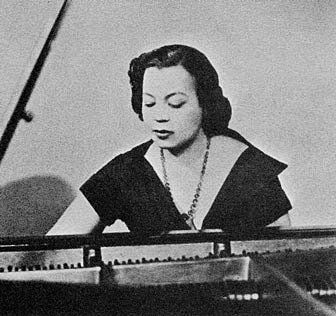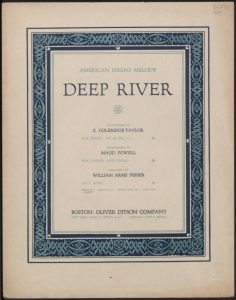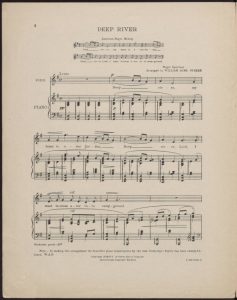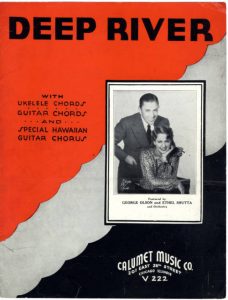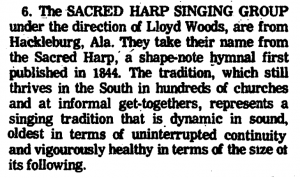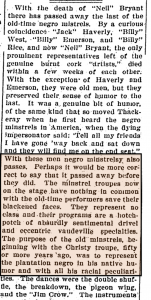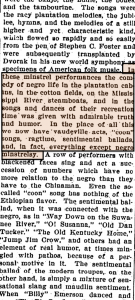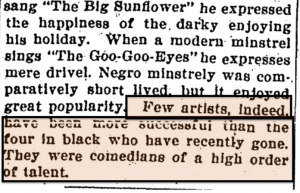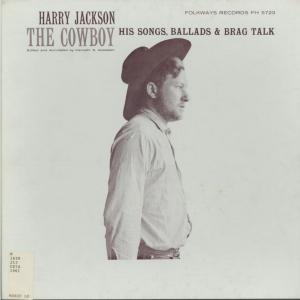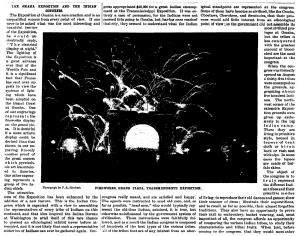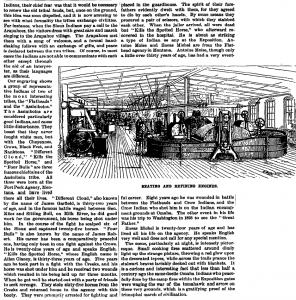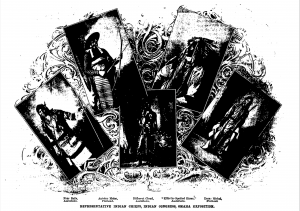I would like to start off today’s blog post with the poetic opening of a 1931 article, “the Mexican in Chicago”:
Chicago’s Jane Addams Hull-House
Through the open windows of a second-story room opposite Hull House on a midsummer Saturday evening come the jazz strains of a gospel hymn being lustily sung in Spanish. If we were to trace this music to its source it would lead us into the midst of a revival meeting of the Pentecostals. There in a crowded room we would find a Mexican evangelist, eyes shining and face flushed by his enthusiasm, leading the singing, while an orchestra made up of a cornet, two drums, three triangles, and a piano beats out the rhythm with a will. But we do not wish to loiter long within doors. There are other interesting things to be seen along South Halsted during this twilight hour. 1
This passage conjures an image of 1930s Chicago life that is not often represented in histories detailing the “Chicago Renaissance” years — the immigrant experience. This article in particular was originally published in the Comity Commission of the Chicago Church Federation that bears witness to the Protestant Mexican experience. The article, in which a few Mexican Protestants in Chicago are interviewed, makes an implicit claim about a sense of belonging. Members of these west side churches prioritized community over adherence to their Roman Catholic roots. The religiosity seemed to be a byproduct of wanting to find a community that could eat together, discuss openly together, and make music together.
As I continue to research for my final paper, I learn more and more about the overlap (and sometimes tensions) between religiosity and community. The author makes the observation that roughly 0.5% of Mexico’s population identifies as Protestant, whereas at least 3% of Mexican immigrants living in Chicago identify as such.2 These churches were not only supportive, but were also constructive in building a sense musical community. This newspaper article reminded me of an important lesson as I continue to read about venues both for my paper or in assigned readings. As researchers, we cannot project our expectations onto a historical event. If I had not read the whole article, I might have assumed that the only music was worship music. Or that most discussions happened in the context of prayer, service, or bible study. Rather, I found a vivid account of how a space conceivably dedicated for one purpose was transformed into another. Don’t fall into the trap! When we assume, we make an … of you and me.
1 “Robert C. Jones and Louis R. Wilson: ‘The Mexican in Chicago’ (1931).” In The American Mosaic: The Latino American Experience, ABC-CLIO, 2019. Accessed November 11, 2019. http://latinoamerican2.abc-clio.com/Search/Display/1449373.
2 Ibid.


